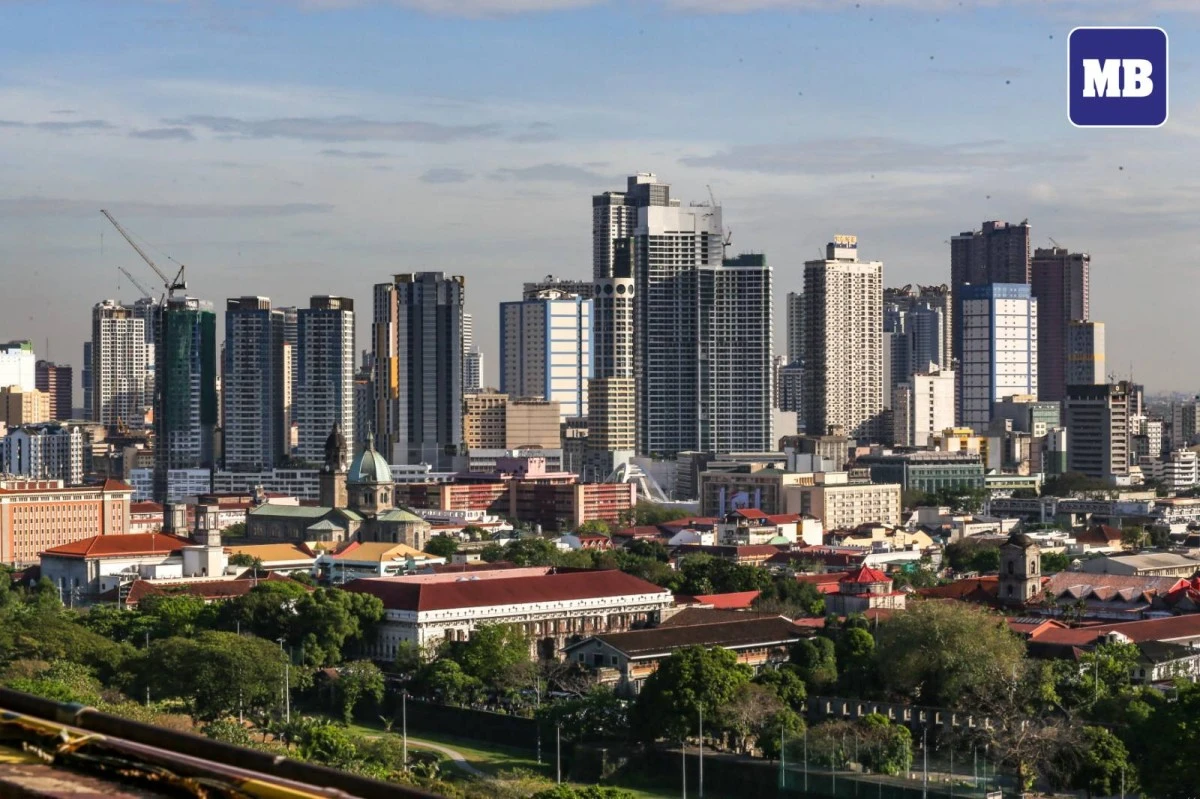Philippine 2025 economic growth could be weakest in 14 years, excluding pandemic

Private sector economists have slashed their gross domestic product (GDP) growth forecasts for the Philippines to as low as five percent, citing the drag from shrinking exports and the broader impact of a global trade slowdown.
Singapore-based UOB has substantially shaved its full-year growth projection for the local economy from six percent to five percent.
This came after the first quarter of the year grew only by 5.4 percent, slightly higher than the 5.3 percent recorded in the last quarter of 2024. It was also far slower than the 5.9 percent in the same period last year.
If realized, besides falling far below the target of six percent to eight percent, UOB’s revised forecast could also mark the weakest annual expansion, excluding the 9.5-percent contraction during the pandemic, since the 3.9 percent growth recorded in 2011.
Also, UOB’s forecast would notably mark the weakest pace of Philippine economic growth in 14 years, or since 2011, during Benigno Aquino III’s second year in office. That year’s growth was blamed on the government’s underspending on infrastructure, and a continued drop in fishing, alongside global drag.
Meanwhile, the government put the blame on the escalating global trade tensions for the first-quarter growth rate that disappointed the market expectations.
Disappointing exports
Netherlands-based financial giant ING said the strong growth in consumer and government spending prior to the midterm election was expected. But the “disappointment was net export and investment growth,” said Deepali Bhargava, regional head of research for ING Asia-Pacific.
Bhargava noted that this reflects the “uncertainty around business confidence amid tariff escalations and a slowdown in trade.”
“We are concerned about the possible effect of the 17 percent tariff imposed by the government of the US to the Philippines especially for skilled Filipino workers employed in export sectors,” Makati Business Club (MBC) executive director Rafael Ongpin said in a May 8 statement.
“We believe that the government must prioritize reducing the cost of power and building a strong manufacturing base to attract investors. These factors have become all the more relevant in an increasingly uncertain global economy,” Ongpin added.
“Higher imports as government spending accelerated ahead of the elections also likely contributed to lower net export growth,” Bhargava added.
Capital Economics senior Asia economist Gareth Leather also said that while export growth jumped from 3.2 percent to 6.2 percent, “this is likely to reverse soon given the subdued outlook for global growth and the risks from higher tariffs.”
“And unlike other countries in the region (most notably Vietnam and India), the Philippines isn’t especially well placed to benefit from a plunge in Chinese exports to the US,” Leather further said.
HSBC ASEAN economist Aris Dacanay’s views aligned with Bhargava’s, stressing that the deceleration in service exports was the “unexpected” trend during the period.
Looking ahead, “goods exports will likely slow down as tariffs cascade throughout the globe,” Dacanay said.
Rizal Commercial Banking Corp. chief economist Michael Ricafort also cited US President Donald Trump’s “reciprocal tariffs, trade wars, and other protectionist policies” to potentially “slow down global trade, investments, employment, and overall world GDP growth.” Ricafort said these could, consequently, weigh on the local GDP growth.
Meanwhile, “higher fiscal spending ahead of the midterm elections this month, along with a continued push for infrastructure development and lower oil prices, should help cushion GDP growth from the drag caused by slower exports,” Bhargava noted.
Leather also expects “steady growth in 2025 as interest rate cuts and low inflation help offset the drag from weaker exports and tighter fiscal policy.”
Slower growth, bigger cuts
With the expected continued slowdown in net export growth, ING has lowered its within-target 6.1 percent forecast to 5.6 percent. Oxford Economics lead economist Sunny Liu expects a slower expansion at 5.5 percent.
Dacanay believes “the upcoming headwinds will be tough. We expect growth in the Philippines to weaken further in the second half of 2025 as trade uncertainties and challenges put a drag on the global economy. He earlier slashed his 5.9-percent forecast to 5.6 percent.
“Looking ahead, we reckon [that the first quarter] will be as good as it gets for the Philippines this year,” Pantheon Macroeconomics chief emerging Asia economist Miguel Chanco and Asia economist Meekita Gupta also said.
As such, they have maintained their projection that the Philippines will grow by 5.3, even weaker than last year’s lackluster performance. Only Leather has a forecast that the Philippines could grow by six percent this year.
To support growth, Liu said she expects the Bangko Sentral ng Pilipinas (BSP) “to maintain an accommodative monetary policy stance.”
Leather and Bhargava have predicted an additional three-quarter-point cuts for the rest of the year, bringing the key borrowing costs down to 4.75 percent by year-end, from the present 5.5 percent.
Meanwhile, Dacanay sees another 50 basis-point (bps) cut “regardless of whether the Fed [US Federal Reserve] cuts its policy rate or not.” Considering the BSP’s more dovish signal, he said “the risk of the BSP cutting its policy rate consecutively in June has also risen.”
Source: https://mb.com.ph/2025/05/09/philippine-2025-economic-growth-could-be-weakest-in-14-years-excluding-pandemic










